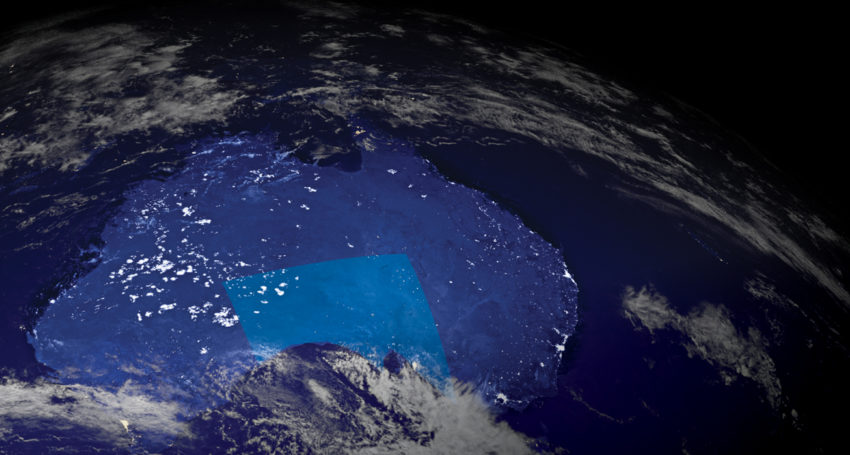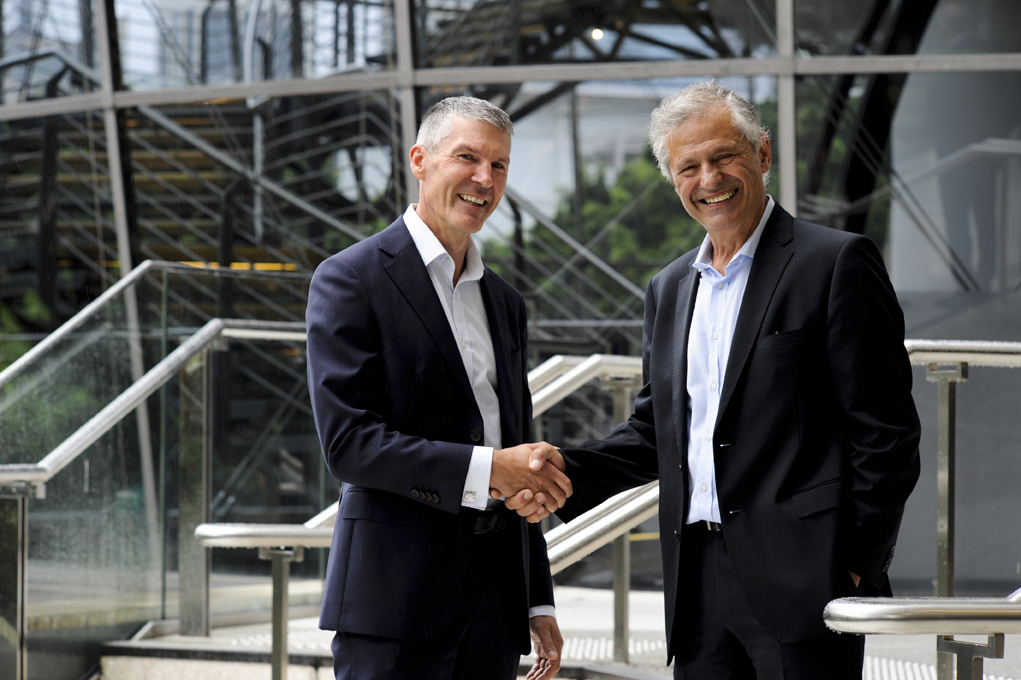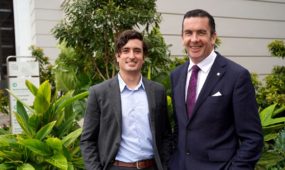New SmartSat CRC partnership advances Australian space sovereignty
Defence
The Adelaide-based SmartSat Co-operative Research Centre has brought in Canberra-based EOS Space Systems to advance its Project CHORUS tactical satellite terminal.

Sign up to receive notifications about new stories in this category.
Thank you for subscribing to story notifications.

Now a core partner, EOS Space Systems will have priority to select and lead strategic research projects alongside leading universities and global corporations to assist in the development of breakthrough technologies in military satellite communications.
Their primary focus for 2022 will be the Defence Science and Technology Group‘s first collaborative project with SmartSat CRC, the Compact Hybrid Optical/RF User Segment Project, otherwise known as Project CHORUS.
Project CHORUS aims to build on existing Australian technology in optical communications and compact radio frequency tactical terminals to overcome the limitations and vulnerabilities of current technology.

Glen Miller from EOS and Andy Koronios from SmartSat-CRC in Adelaide, South Australia.
SmartSat CRC plans to explore new ways to integrate laser-based optical and radio frequency communications technologies into a single satellite communications user terminal, creating a hybrid Optical-RF tactical terminal. This terminal will offer significantly higher communications bandwidths and a lower probability of interception and electronic warfare than what is currently available.
SmartSat CRC says that Project CHORUS will address a gap in the current research by looking specifically at performance limits for the tactical terminals.
Upon completion, the terminals are intended to be integrated into military aircraft, land vehicles, and maritime platforms to help address Australia’s need for sovereign space capabilities.
It is hoped that the project will significantly mature the technology and open the way to mainstream take-up of the capability which will bring both commercial and national security applications. This will give the Australian space industry the opportunity to compete globally in a growing segment of the satellite communications enterprise.
Project CHORUS brings together experts from the Defence Science and Technology Group, EOS Space Systems, EM Solutions, Lyrebird Antenna Research, Shoal Group, the Australian National University and the University of South Australia to conduct the cutting-edge research.
The $1.2 million dollar Phase 1 of the project was completed nearly a year ahead of schedule in 2020 and explored the feasibility of Optical-RF tactical terminals and developed concepts for the satellite terminal. Now in Phase 2 with a further $2.8 million dollar investment, SmartSat CRC is planning on delivering a full-size engineering model terminal as early as 2023.
CEO of EOS Space Systems Glen Miller is excited to be joining the CRC and says that it was the speed at which Phase 1 of Project CHORUS was completed that made EOS Space Systems want to become a core partner.
“The success of this venture demonstrates the value of having an independent platform like SmartSat CRC to bring the various parties together and makes things happen for Australia’s space sector,” Miller said.
“Having benefited from what SmartSat is doing, we are thrilled to be investing our time and joining the CRC to drive great outcomes for Australian space technology.”
SmartSat CRC CEO Professor Andy Koronios says that EOS Space System’s move to core partner is the culmination of this exciting new space venture.
From their Lot Fourteen headquarters in Adelaide, South Australia, SmartSat CRC brings together more than 100 national and international partners who have together invested millions of dollars into the space industry in the past 9 years.
Working closely with the Australian Space Agency, which is also based at the Lot Fourteen innovation district in the heart of Adelaide, they aim to make a strong contribution to the Australian government’s goal of tripling the size of the space sector to $12 billion and creating up to 20,000 jobs by 2030.
Defence Science and Technology Group’s Chief Technology Officer Professor Michelle Gee says that Defence’s investment in SmartSat CRC through their Next Generation Technologies Fund is already having the impact they hoped.
“We are seeing the development of potentially breakthrough technologies that could be a game-changer for military satellite communications.”
Jump to next article



